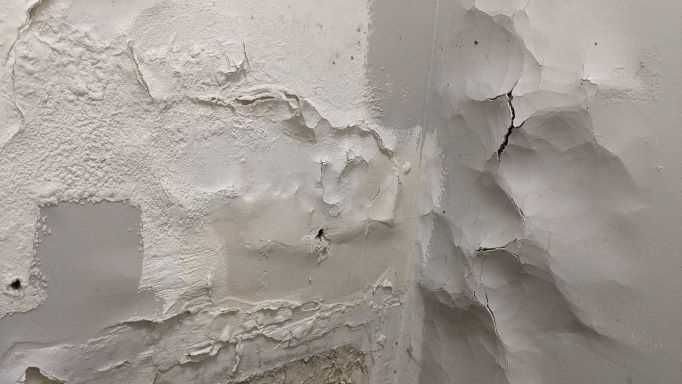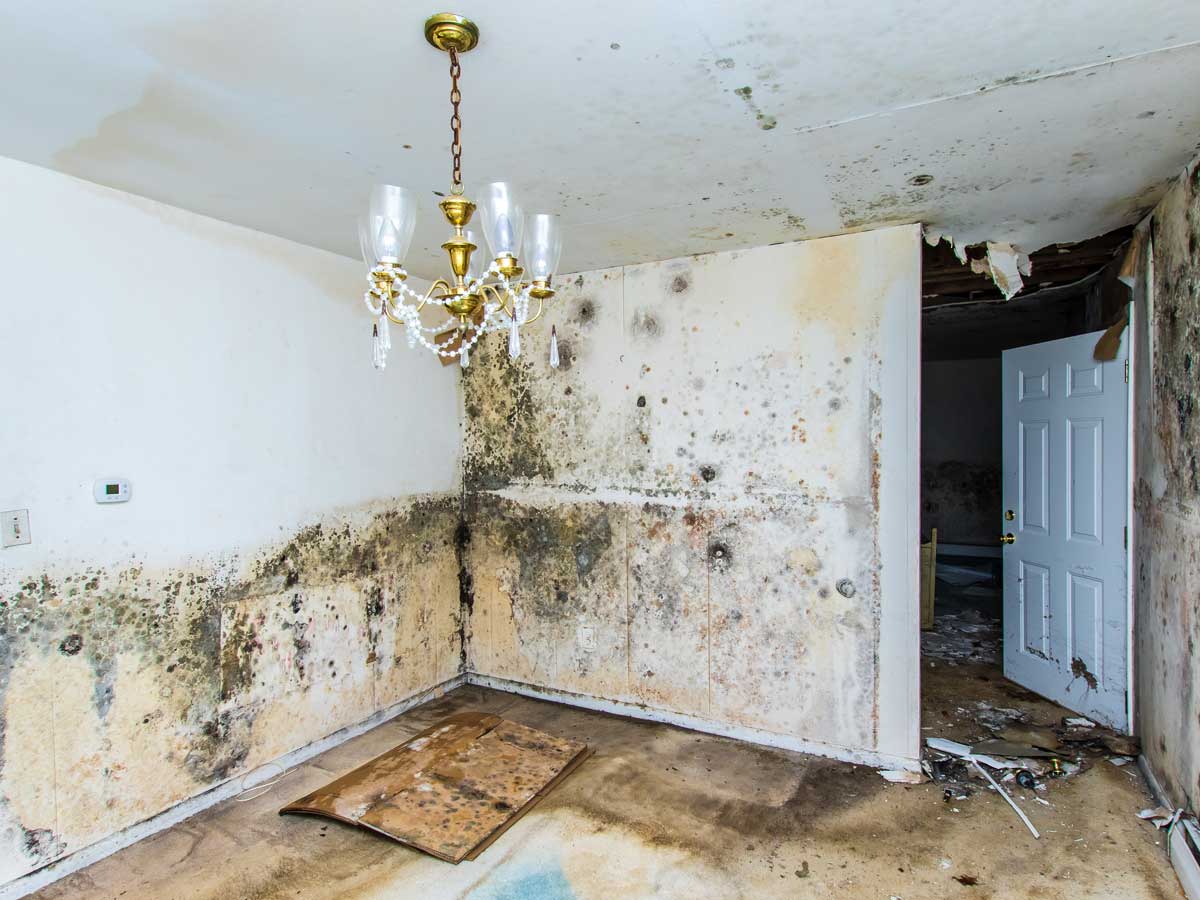The Refine of Water Damage Cleanup: Ensuring Your Home Is Recovered Successfully
Water damage can be a challenging difficulty for home owners, necessitating a organized and meticulous cleanup process to restore safety and functionality. damage restoration services. Following this, effective water extraction techniques play an essential duty in alleviating additional damage.
Examining the Damage
Upon discovering water damage, the very first step is to thoroughly examine the extent of the influence. This preliminary assessment is crucial, as it aids figure out the necessary actions for effective clean-up and remediation. Begin by inspecting the impacted areas, including wall surfaces, ceilings, floors, and individual valuables, to determine the resource of the water intrusion, whether from flooding, leakages, or condensation.
Documenting the damages is vital for both insurance cases and preparing remediation initiatives - damage restoration services. Usage photos and composed notes to record the severity of the damages, keeping in mind any affected structural aspects and materials. Pay special focus to locations that might not be instantly visible, such as behind wall surfaces and under carpets, as concealed moisture can result in more difficulties, including mold development
In addition, evaluate the timeline of the water exposure. The longer the materials remain damp, the better the potential for damage. Comprehending the period of direct exposure will notify the seriousness of removal efforts. Eventually, a detailed assessment prepares for an effective water damages cleanup process, guaranteeing that all influenced locations are resolved properly and completely.
Water Extraction Methods

Specialists generally use submersible pumps for bigger quantities of water, which can rapidly relieve flooding in basements or various other influenced areas. For smaller sized amounts, wet/dry vacuums are typically made use of to remove residual moisture from rugs and hard surface areas. Additionally, making use of mobile extractors enables targeted elimination in constrained areas or locations with fragile materials.
In circumstances of contaminated water, such as sewage or floodwater, advanced removal techniques might include the usage of biohazard devices to make sure security and compliance with health and wellness laws. High-powered extraction devices are essential in minimizing water retention in structural products, which can cause mold development and architectural wear and tear if not dealt with immediately.
Eventually, the performance of water extraction strategies plays a crucial duty in the general success of the water damage cleaning procedure, preparing for subsequent restoration efforts.
Drying and Dehumidification
When standing water has been effectively removed, the next essential stage in the water damage cleanup procedure is drying and dehumidification. This step is vital to stop more damage and mold and mildew growth, which can occur within 24 to 48 hours in wet environments.
To accomplish efficient drying, customized devices such as industrial-grade air moving companies and dehumidifiers is utilized. Air movers flow air across wet surfaces, boosting dissipation rates, while dehumidifiers decrease moisture degrees airborne, advertising a conducive setting for drying out. The mix of these devices guarantees that dampness is attracted out from furnishings, walls, and floorings, permitting them to dry completely.
It is vital to keep track of the drying process closely. Experts often utilize moisture meters to assess the wetness material in various materials, ensuring that all impacted areas reach acceptable dryness degrees. This thorough technique aids to prevent surprise moisture pockets that can bring about structural damages or undesirable mold and mildew growth.

Cleansing and Sanitizing
After the drying and dehumidification phase is total, the next vital action in water damage cleaning is cleaning up and sanitizing the impacted locations. This procedure is critical to avoid the development of mold, bacteria, and various other virus that prosper in damp settings.
The cleansing stage normally entails removing any particles, dirt, and contaminants from surfaces using specialized cleansing agents. For difficult surface areas, a combination of soap and water or business cleansing products is usually utilized. Soft products, such as furniture and rugs, may need extra comprehensive cleaning techniques, consisting of steam cleansing or deep removal strategies, to ensure complete sanitation.

Sterilizing adheres to cleansing, using EPA-approved anti-bacterials to get rid of damaging microorganisms. see this This step is crucial, specifically in areas that may have entered into contact with floodwaters or sewer, as these sources can posture serious health risks.
Furthermore, it is necessary to address any type of remaining odors, which may call for making use of smell neutralizers or sophisticated strategies like ozone therapy. Correct cleansing and sanitizing not only restore the safety and security and hygiene of your home however also lay the foundation for successful reconstruction and fixings in subsequent phases of the water damage cleanup procedure.
Reconstruction and Repair Services

As soon as the evaluation is full, restoration initiatives can begin. In addition, floor covering might call for comparable attention, depending on the level of water exposure.
It is critical to engage seasoned restoration experts during this process, as they possess the experience to handle intricate repair work properly. Moreover, they can help mitigate prospective future problems, such as mold growth or structural instability, therefore making sure a habitable and secure living setting. Ultimately, efficient reconstruction and repair work bring back the home's integrity and improve its overall worth.
Final Thought
In conclusion, the procedure of water damages clean-up is crucial for recovering a home to its pre-damage condition. Each stage, from examining the damage to executing efficient water extraction strategies, followed by comprehensive drying, disinfecting, and required repair published here work, plays an essential function in making certain safety and conformity with structure standards. Reliable execution of these steps not just alleviates prompt damage yet likewise improves the lasting stability and value of the property.
Water damages can be a challenging difficulty for homeowners, requiring a organized and precise cleaning process to restore safety and security and performance. Eventually, an extensive analysis lays the groundwork for an effective water damage cleaning procedure, making certain that all impacted locations are attended to effectively and extensively.
Effective water removal techniques are essential in mitigating damage and avoiding additional complications following a water invasion occasion.In final thought, the process of water damage cleaning is essential for restoring a home to its pre-damage problem. Each stage, from examining the damage to carrying out reliable water removal techniques, followed by complete drying out, sanitizing, and essential repair work, plays an essential duty in ensuring safety and compliance with structure requirements.